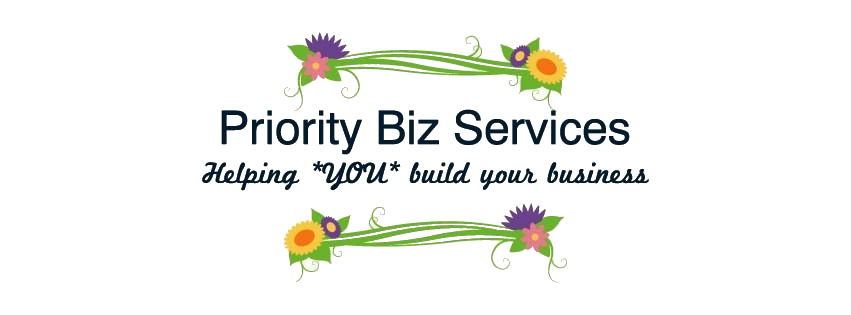Do you sometimes feel that a particular client or few clients are leaving you feeling drained at the end of the conversation or at the end of the day?
Have you thought about the reasons why you might be feeling this way? There are three possible reasons for this.
- Over giving: Charging too little or giving too much of your time, almost always leads to feelings of being drained. It takes courage to charge what you want to charge and end the session when you say you’re going to end. Do it anyway. It will leave you with more energy to continue your day.
- Not speaking your truth: What about those things you wish you could say to your client (but it might be rude or disrespectful, and after all, they’re paying you lots of money . . .). Those are the things you need to say!! Just begin your bold statement with a large dose of acknowledgment, compassion and gentleness. It’s nearly impossible to boldly speak your truth and get drained at the same time.
- Getting attached to your clients getting results: Generally speaking this is a good thing . . . don’t we all want this for our clients? The problem is that when you get attached to your client getting great results, you tighten up and when you tighten up, you lose connection with your client and you lose connection with your intuition. From this place, you probably push your client too hard, or you protect your client from your inner pusher and you become quiet and withholding. Neither works.
Instead, trust that there is a much bigger picture working here. Sometimes people are ripe for results, and other times, it takes time.
Your clients’ results do NOT determine your goodness or worthiness. You can be amazing, even if your client didn’t get results and you can be terrible and still have clients get results but its helpful to use their lack of results as inspiration to step up your game so that you are holding the most optimal space for your clients to get results.
It’s helpful to trust that there is a bigger picture happening that we are not always privy to that goes way beyond how much money they made, weight they lost, or soul mate they have found. It’s helpful to celebrate the results they are getting, no matter how big or small.
It’s helpful to address your clients’ feelings about the results they’re getting. It’s helpful to love them completely as they are, even if they don’t change a bit, and, at the same time, it’s helpful to hold vibrant space for them to become who they are becoming.
But, it’s NOT helpful to take responsibility for your clients’ results. You can’t get results for your client, even if you try your hardest, because they are the ones doing the work . . . it’s their results. Your job is to hold impeccable space, like a cocoon for a butterfly. The space you hold includes your love, wisdom, energy and compassion and it’s their choice to become the butterfly.
When you’re doing your best to help your client win, it’s best to simply hand the rest over to them and to God and trust that everything that is happening is exactly what needs to happen, but, what if you’ve been charging an amount that feels good, sticking to your time agreements, speaking your truth, and giving the results over to God but, you’re still getting drained? Well . . .
Sometimes the arc is simply over and it’s time to complete. After all, even the best things in life have a beginning, middle and end. Your work together might feel like a stick of bubble gum that you’ve been chewing for 30 minutes and it simply no longer has much flavour.
If this is the case, its time to set this client free and refer them to another resource that can help them grow.
This will make space for new clients to emerge.
Sometimes, the problem is having draining clients . . . but other times, the BIGGER problem is simply getting enough high-paying clients to pay the bills.
If this is the case, I’d love to help.











